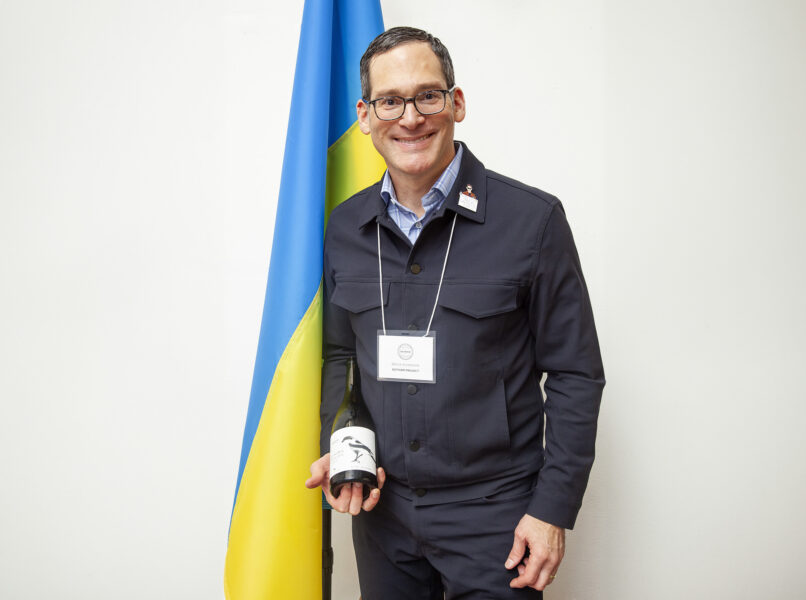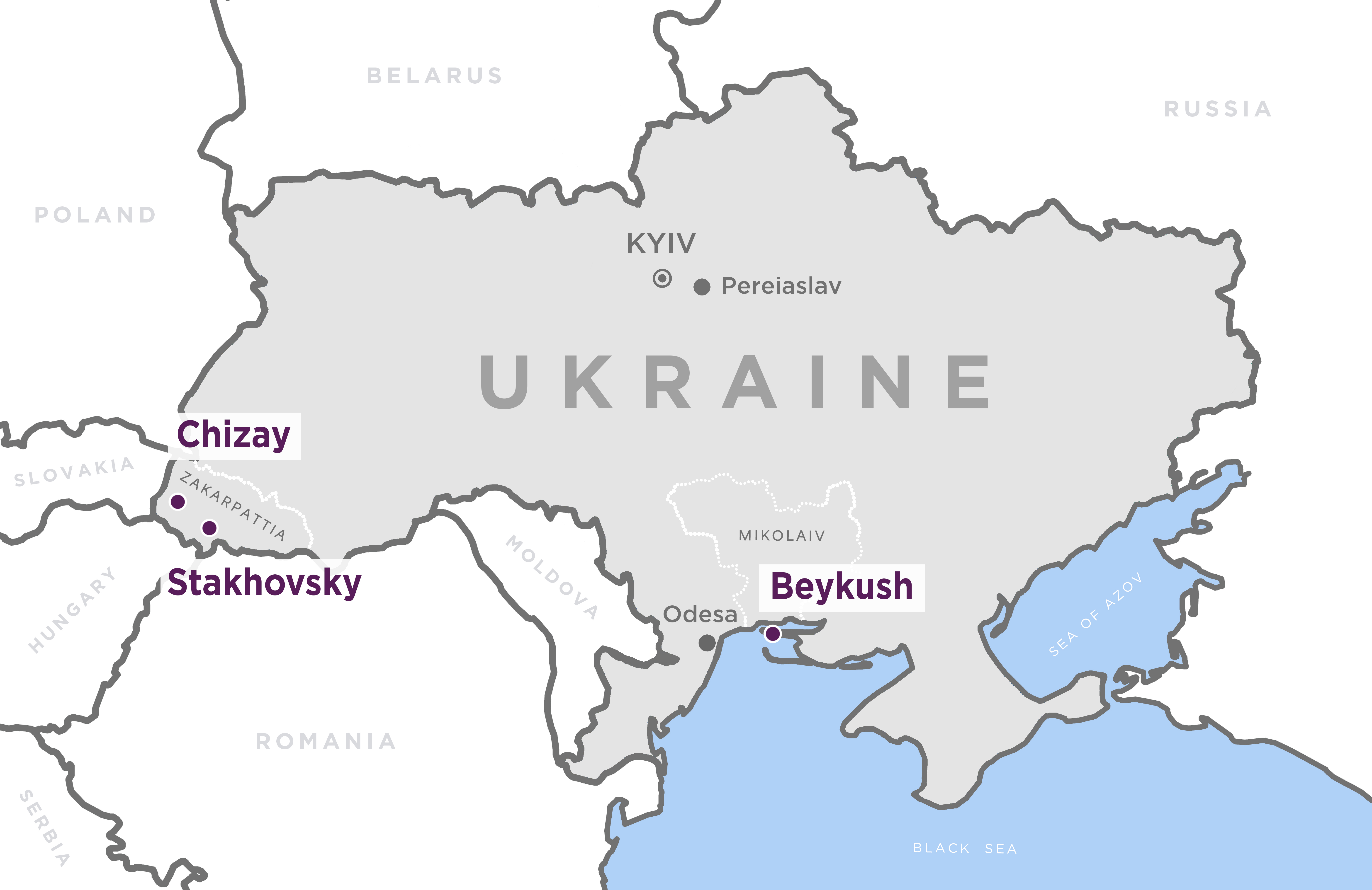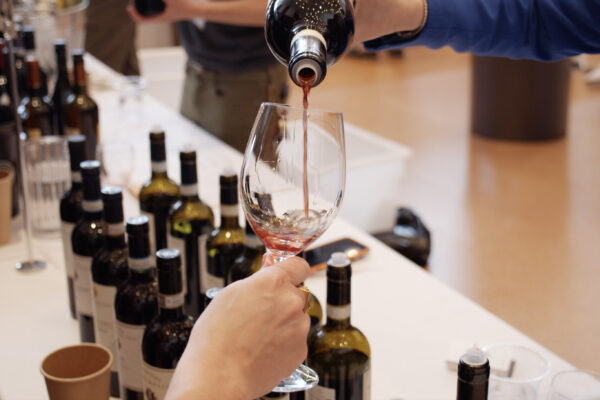We sat down with Bruce Schneider to discuss the current state of Ukrainian winemaking and taste some of the first wines imported to the U.S. We talk about his family ties to the country, the challenges of importing wine from a war zone, and the promising future he sees for the region. Recently featured in The New York Times, Bruce is the founder of Gotham Project and Vyno Ukrainy, along with being a longtime Skurnik partner.
Tell us about your background in the wine industry.
I’m the third generation of my family in the wine industry. My family had a distribution and import business while I was growing up. We had winemakers come in through the house, and I got to hear their stories, which got me interested in wine.
When I finished high school, I had a chance to do an apprenticeship in Burgundy, so I went to Burgundy and learned the production side of the business. I was the first of my family to ever learn about winemaking and grape growing, and ultimately, that led to my wife and I starting a vineyard out on the North Fork of Long Island. That was in the mid-90s.
Over the years, I’ve done a lot of regional wine marketing, including working as the co-director of the U.S. Program for Wines of Germany. I even worked in retail at one point.
My experience with importing started in 2007 with some wines from Chile. Skurnik was my first distribution partner for those wines, and I co-founded Gotham Project in 2010 with Charles Bieler. As a serial entrepreneur, I hadn’t started a new business since Gotham, and now Ukraine is a project that found me as much as I found it.
How were you introduced to Ukrainian wine?
I had always known from my grandparents that the family was from somewhere near Kyiv, and it wasn’t until I decided in 2019 to make a trip to Ukraine to see where the family was from. At that time, I started doing some research online, and I found the naturalization papers for when my grandparents became U.S. citizens. I got my hands on that document just a few days before I was leaving for Ukraine.
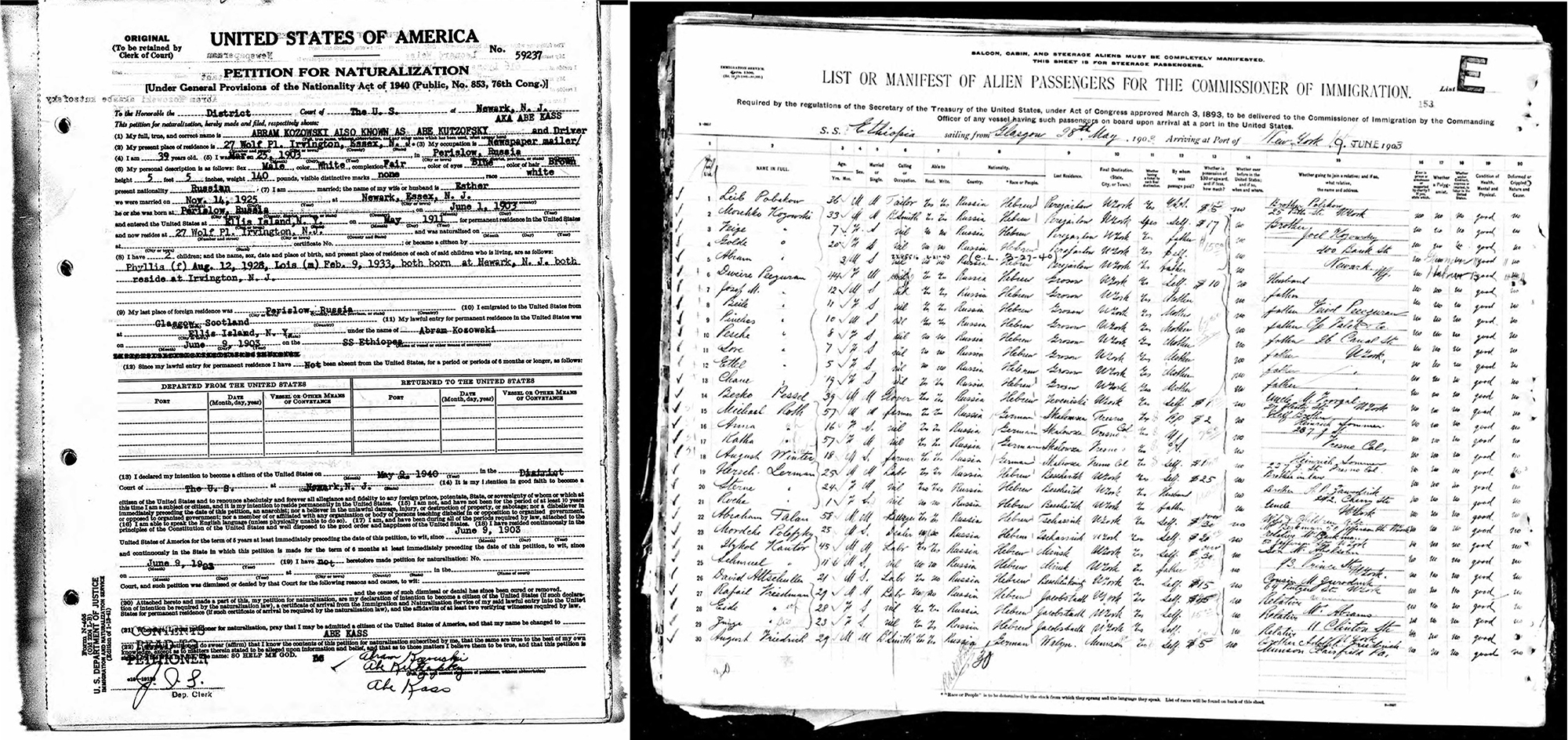
I spent two nights in Kyiv and one day we drove to Pereiaslav, and I got to see where my family was from. The second night, when I was back in Kyiv, I found a local wine bar. They had seven or eight wines that you could taste by the glass. I tasted those. Then I saw the wines by the bottle, and they looked really interesting to me. I was curious. The wines were, like, $6 a bottle or something, so I bought five or six bottles. I ended up just having one small taste from each bottle, and then I offered the rest of them to the other people in the bar. So, I was kind of like Norm from Cheers. That was my first experience with Ukrainian wines.
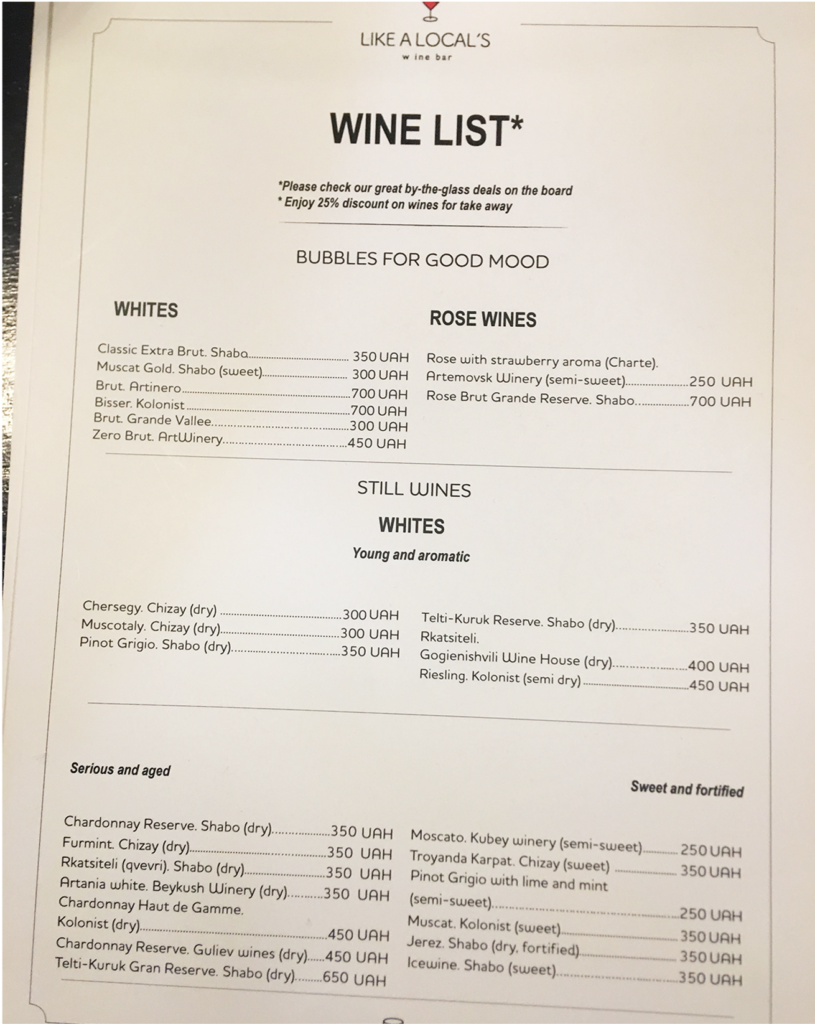
How did Vyno Ukrainy start?
A few weeks later, I got an email from the owner of the wine bar, Sergiy Klimov, and he said, “I heard you were at the wine bar. I took a look at your business. Gotham Project looks really interesting. My fiancée and I are coming to New York in a few weeks.” So, we met up, and he offered to introduce me to some of the producers. The first producer he introduced me to was Chateau Chizay, which is now one of the first three producers in our Ukrainian portfolio.
I ended up importing a kosher wine that they produced, and I called it Elijah’s Fifth Cup in honor of my grandparents. Skurnik sold out of it in like six months. It was pretty popular. And by that point, when we went to reorder the wine, the full-scale invasion had just started.
They weren’t going to be able to make any more kosher wine during the war. The rabbis would have to travel from Kyiv, and that’s too hazardous. And David Skurnik asked, “Well, can we get some non-kosher wine?” And then in 2023, I was on my way to ProWein and read that there would be a delegation of a dozen of the top wine producers from Ukraine exhibiting at ProWein in March of 2023.
I reached out to Sergiy and said, “Which winemakers should I meet when I’m there?” And he said, “I’m actually going to be there. I’m an official ambassador for Wines of Ukraine. I’ll see you there.” So, I met him there with all the producers and tasted several of the same producers from four years earlier, when I was at Sergiy’s wine bar.
I was blown away. The quality had improved so much in only four years. And most of the best wines had never been exported to the U.S. It just clicked for me, and I thought, “You know what? This is something I need to do.”
I immediately decided to put together a portfolio of three of the top wineries: Beykush from the Mikolaiv region, which is right on the Black Sea, and the other two wineries, Chizay and Stakhovsky, are both in the Zakarpattia region on the Western border with Hungary. These wines are some of the first Ukrainian products available in the U.S.
What are some of the challenges of importing wine from a war zone?
Shipping, for example, because this is the first time they’re ever being exported. And more than that, during a war, shipping logistics are so much more complicated, dangerous, and fraught.
In 2021, we brought over the first shipment of Elijah’s Fifth Cup. The wines were shipped from Zakarpattia to Odesa via the Black Sea to the port of New York/New Jersey. Easy. Fast forward to 2023, we had to do the opposite with the wines from Mikolaiv near Odesa—the Beykush wines. We actually had to ship those wines north to Zakarpattia because it wasn’t safe to go through the Black Sea, and whatever shipping was going on, they were prioritizing grain and their main exports.
We ended up shipping those wines from Beykush up to Chateau Chizay in Zakarpattia. We shipped the wines from Stakhovsky, nearby. We consolidated everything at Chizay, and then the wines started their long journey by truck from Zakarpattia to Romania. They went by ship to Valencia, Spain, and then to New York. So much more complicated. It took a lot longer than it normally would.
We received the first shipment in February of 2024, right around the second anniversary of the full-scale invasion. We launched at your Grand Portfolio Tasting in early March, so we’re just getting started. It was a long, long road, but it’s something I’m very excited about. The initial reception has been very strong.
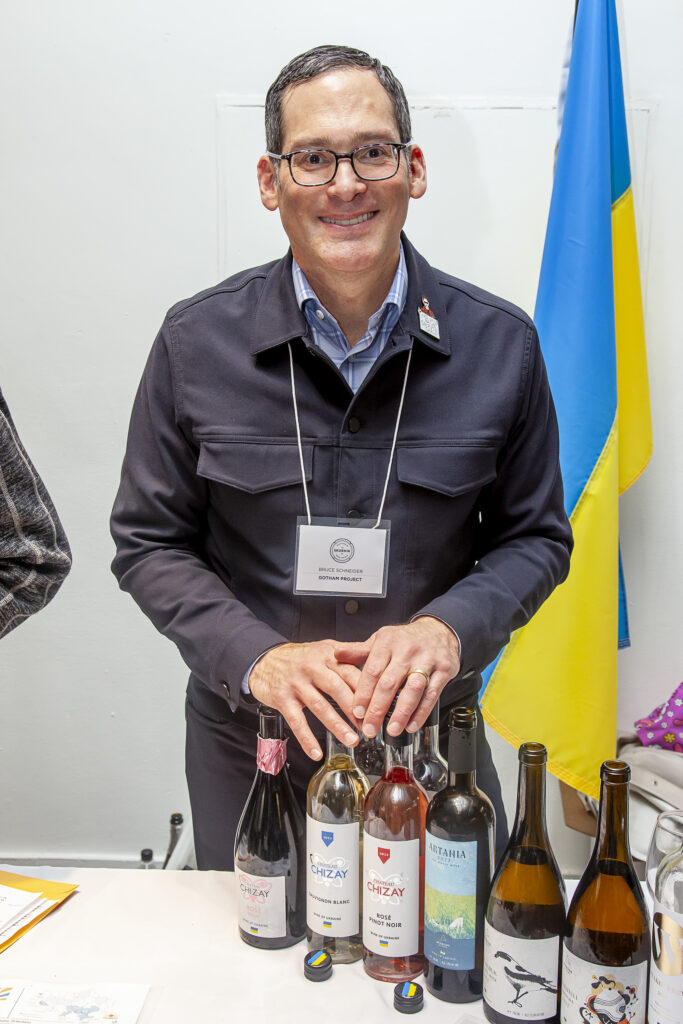
What did you bring for us to taste today?
I picked out three wines that I thought we could taste together. The first one we’re going to taste is from Chateau Chizay.
Chateau Chizay Brut Rosé — 100% Blaufränkisch
There’s a long history of sparkling wine production in Ukraine and the former Soviet countries. This is unique. I’m not aware of another 100% Blaufränkisch sparkling rosé.
The Chizay terroir in Zakarpattia is a valley. It loosely translates as “Carpathian Mountain Range,” and that terroir is shared with Tokaij in Hungary, and those are volcanic and limestone soils.
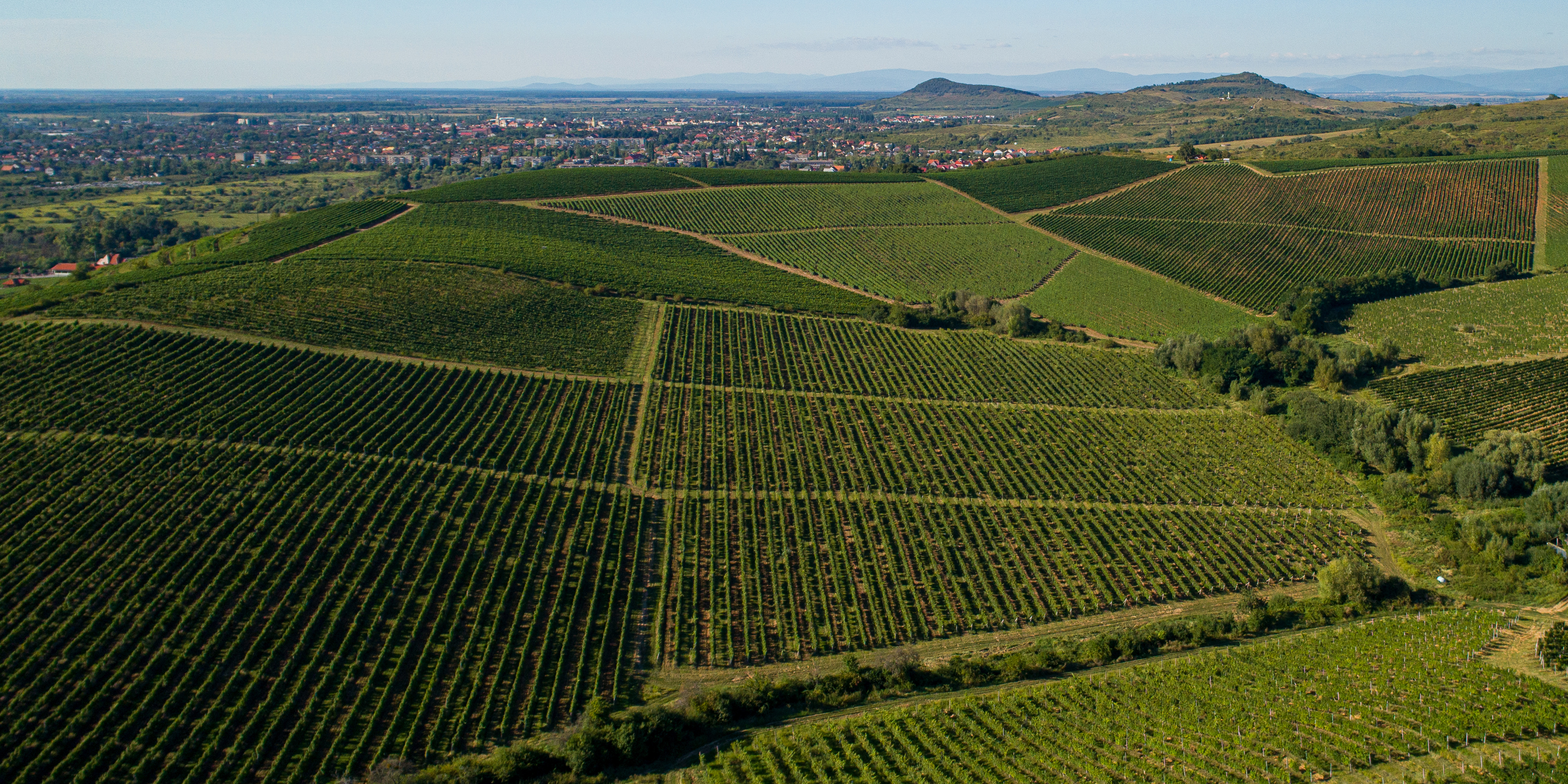
The wine is made in the Charmat method. Fine bubbles and very pretty. It makes me think of spring and summer. You’ve got some nice red fruits here, but also some savory notes.
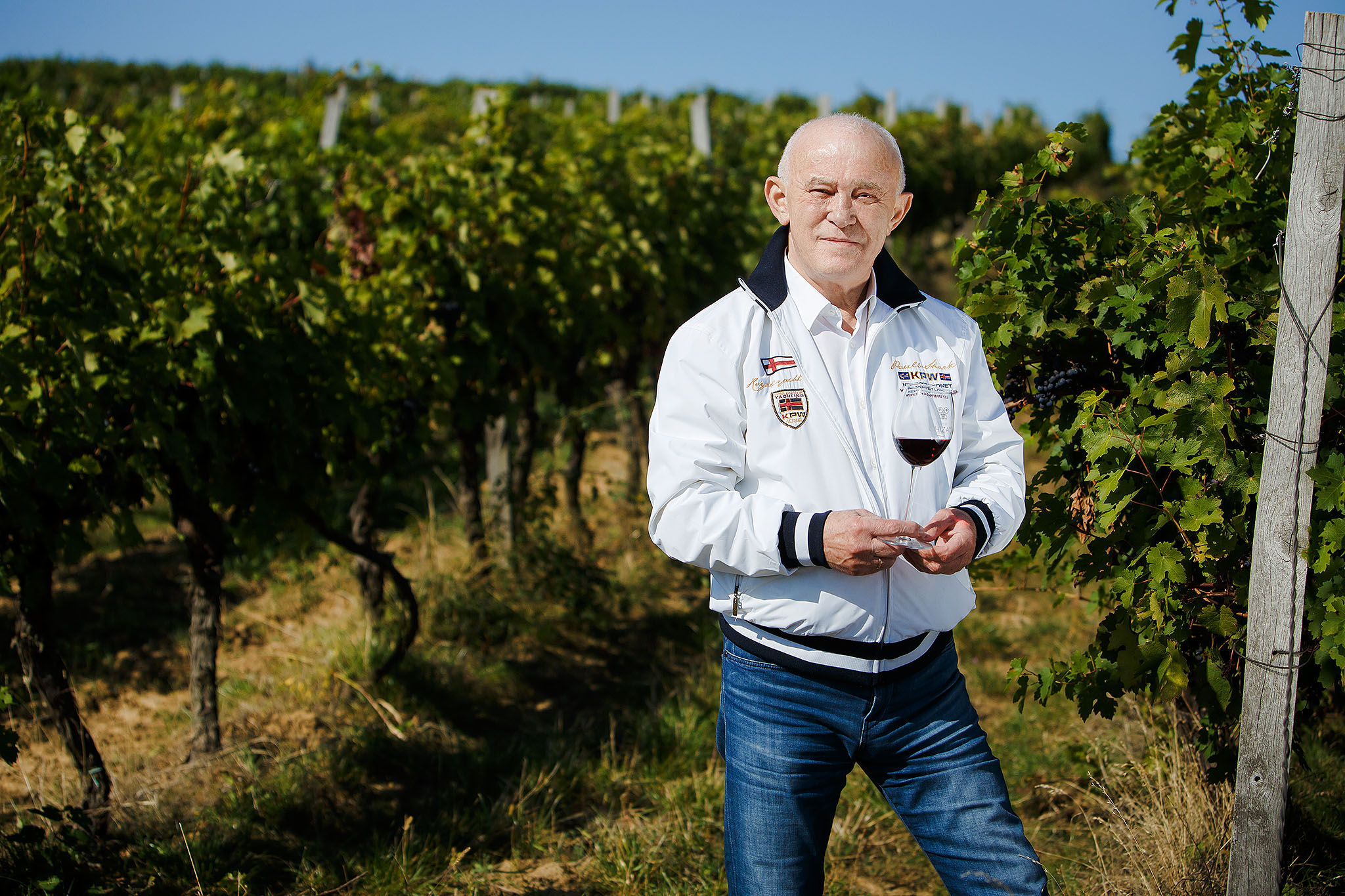
The Chizay portfolio initially consists of four wines, including a Sauvignon Blanc, which is in a more floral, aromatic style and very pretty. Not like the New Zealand high-grapefruit or herbaceous style. It’s much more floral, bright, and fresh. Chizay also has a rosé Pinot Noir and then a Cabernet Sauvignon that is a lighter style with 12.5% alcohol that can even be enjoyed in the spring or summer. Very refreshing.
Beykush Rkatsiteli Amphora 2022
The second winery we’re going to taste from is Beykush in Mikolaiv on the Black Sea. It’s an incredible vineyard site. It sits about 100 meters above sea level, and you get great minerality and some salinity in these wines. It’s a maritime climate, and the soils here are clay and limestone.
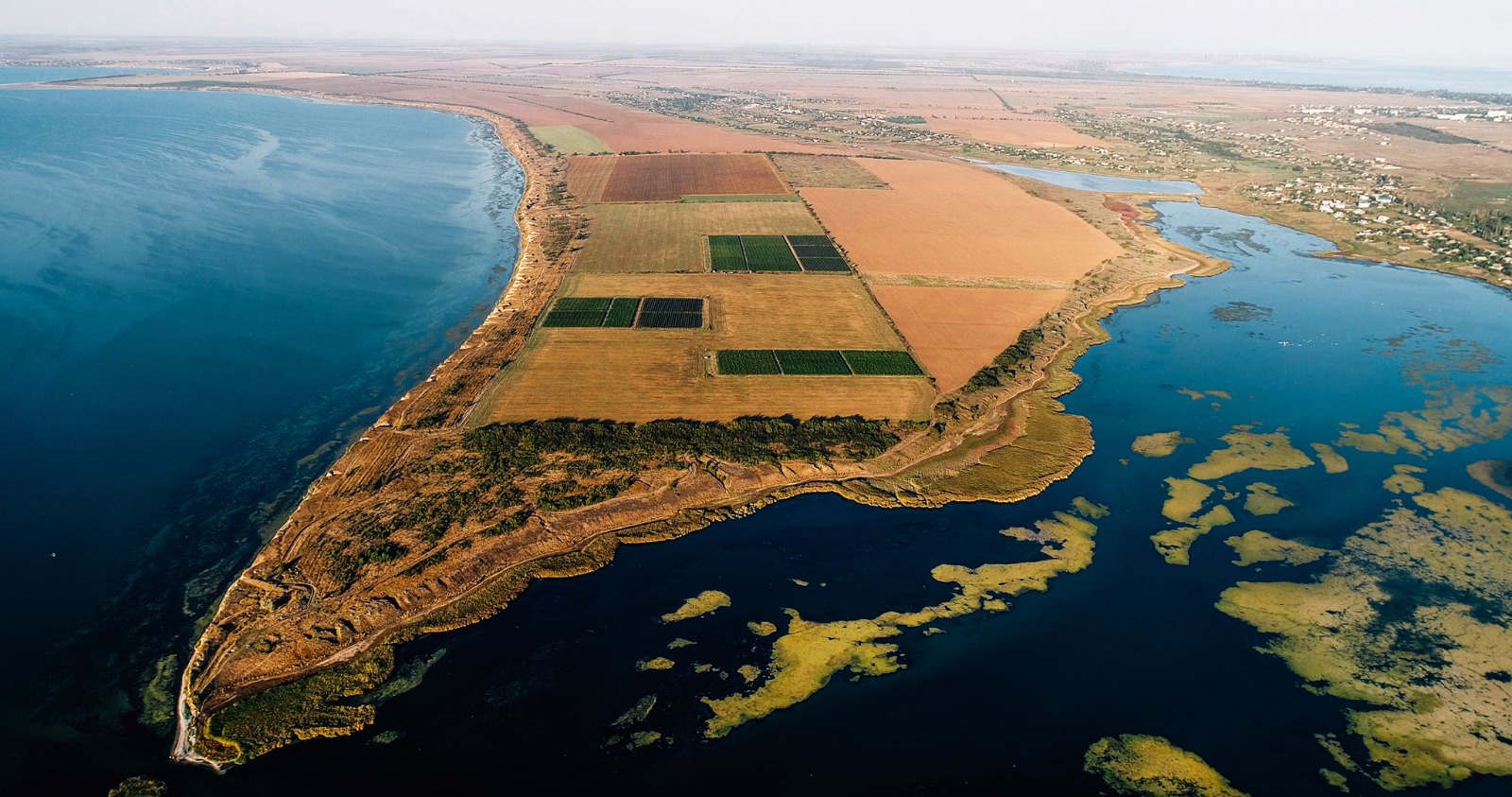
This wine was made with skin contact for three weeks. The whole alcoholic fermentation was done during the skin contact period in a 400-liter clay amphora that sits above ground.
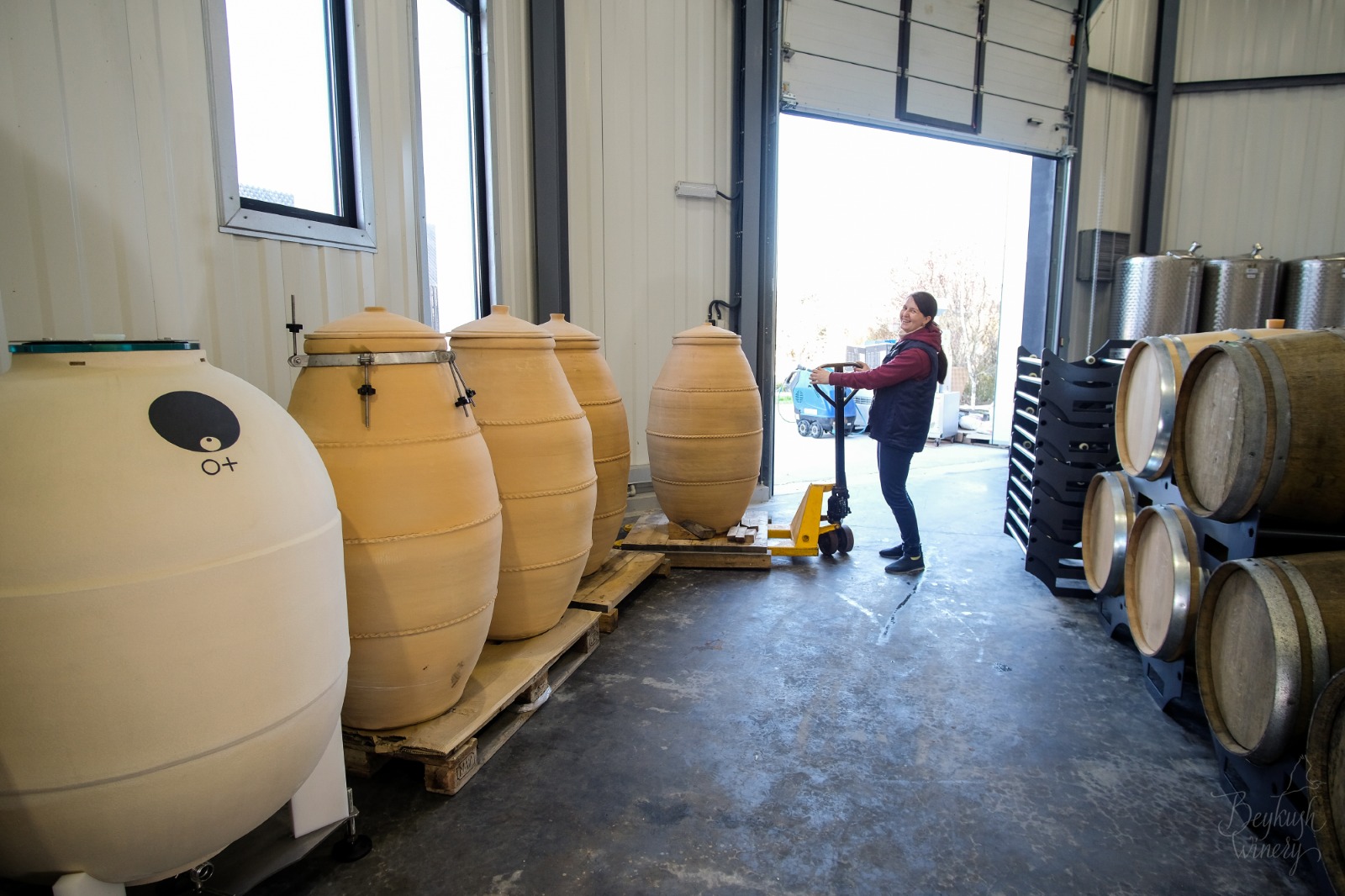
Rkatsiteli is a great variety, one of the most widely planted white varieties in Eastern Europe, and the main variety of Georgia. There’s also a long history of skin-contact wines in Ukraine. It’s got some dried fruits, but it’s also still a very bright and refreshing style.
It’s a 2022 vintage. Most of the initial wines we brought over were from 2022, which means it’s the first vintage harvested and bottled since the start of the full-scale invasion.
Beykush was founded in 2008 and is considered one of the pioneers of the craft winemaking movement in Ukraine. The CEO of Beykush, Svitlana Tysbak, is also the head of the Ukrainian Association of Craft Winemakers.
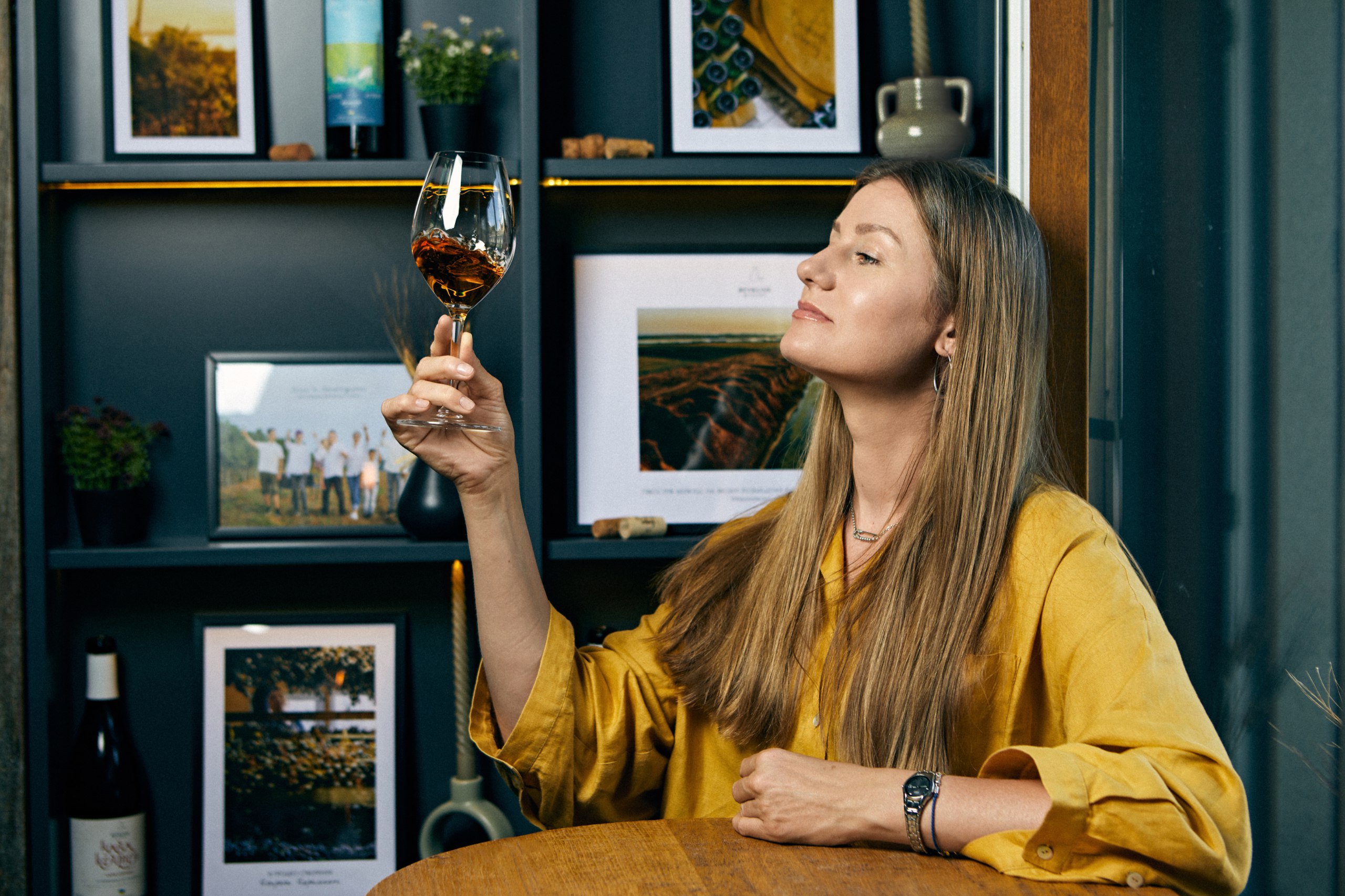
People have been making wine in present-day Ukraine for more than 3,000 years, but the modern industry really started in 1991, once Ukraine gained its independence. It was only a few years before that when Gorbachev had a strict anti-alcohol campaign and 80% of the vineyards were ripped out. So that means that there’s been a real rediscovery of lost terroirs and lost grape varieties. That’s an important part of the story.
There are two other wines from Beykush. One is a white blend, and the other one is an indigenous variety, a mono-varietal wine made from Telti Kuruk, which translates as “fox’s tail.” It was given that name, it’s believed, because of the shape of the grape clusters. This is not only unique to Ukraine, though Beykush is one of the only growers of the variety in Ukraine.
Stakhovsky Cabernet Sauvignon “Ace” 2019
Stakhovsky was started by Ukrainian tennis legend Sergiy Stakhovsky. He’s most famous for a major upset of Roger Federer in 2013. At the time, he was ranked 116th in the world, and Federer was ranked number one, and he beat him. Definite underdog mentality.
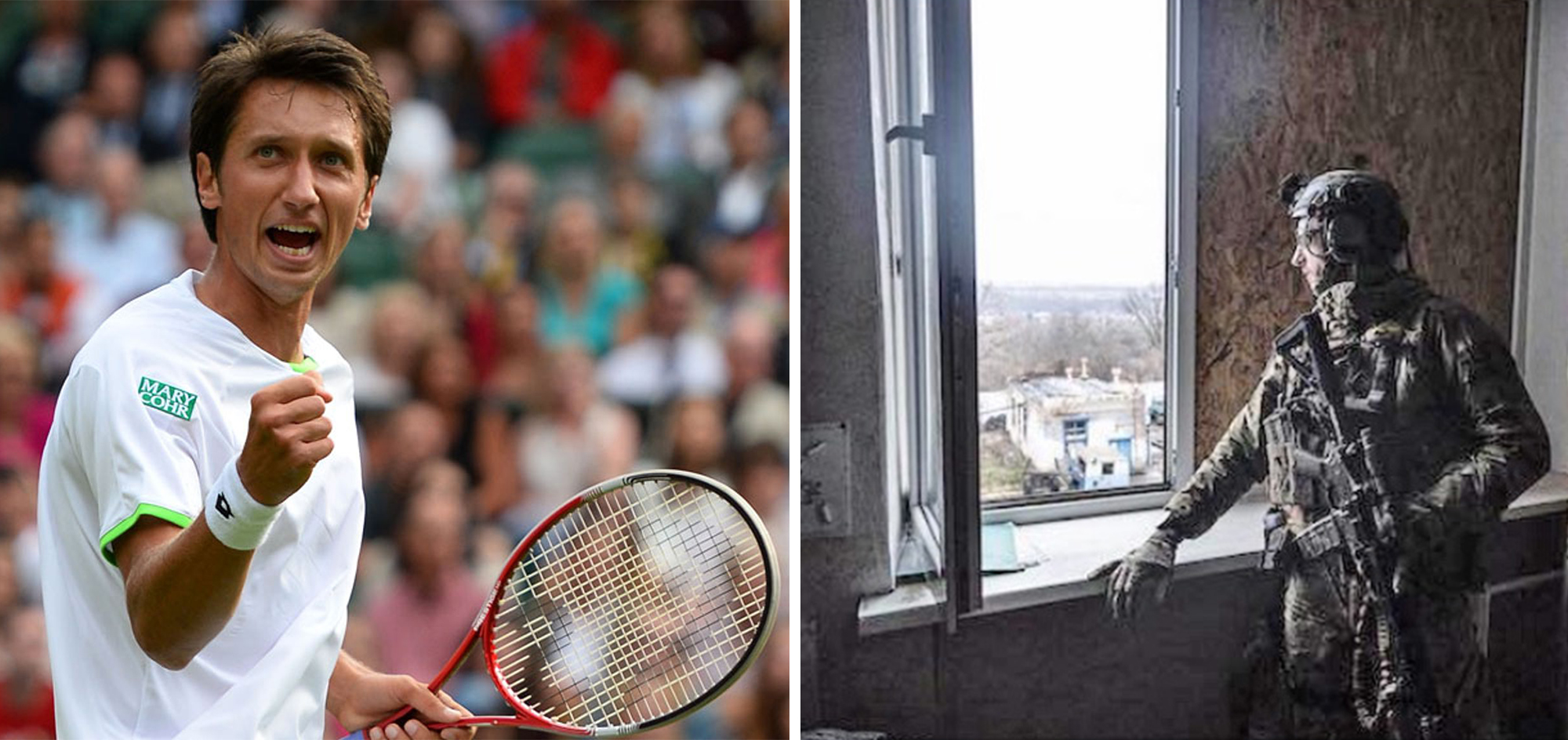
When he started thinking about retiring, he ended up buying a 15–hectare vineyard in Zakarpattia in 2015 and spent three years renovating the vineyard before making his first vintage in 2018.
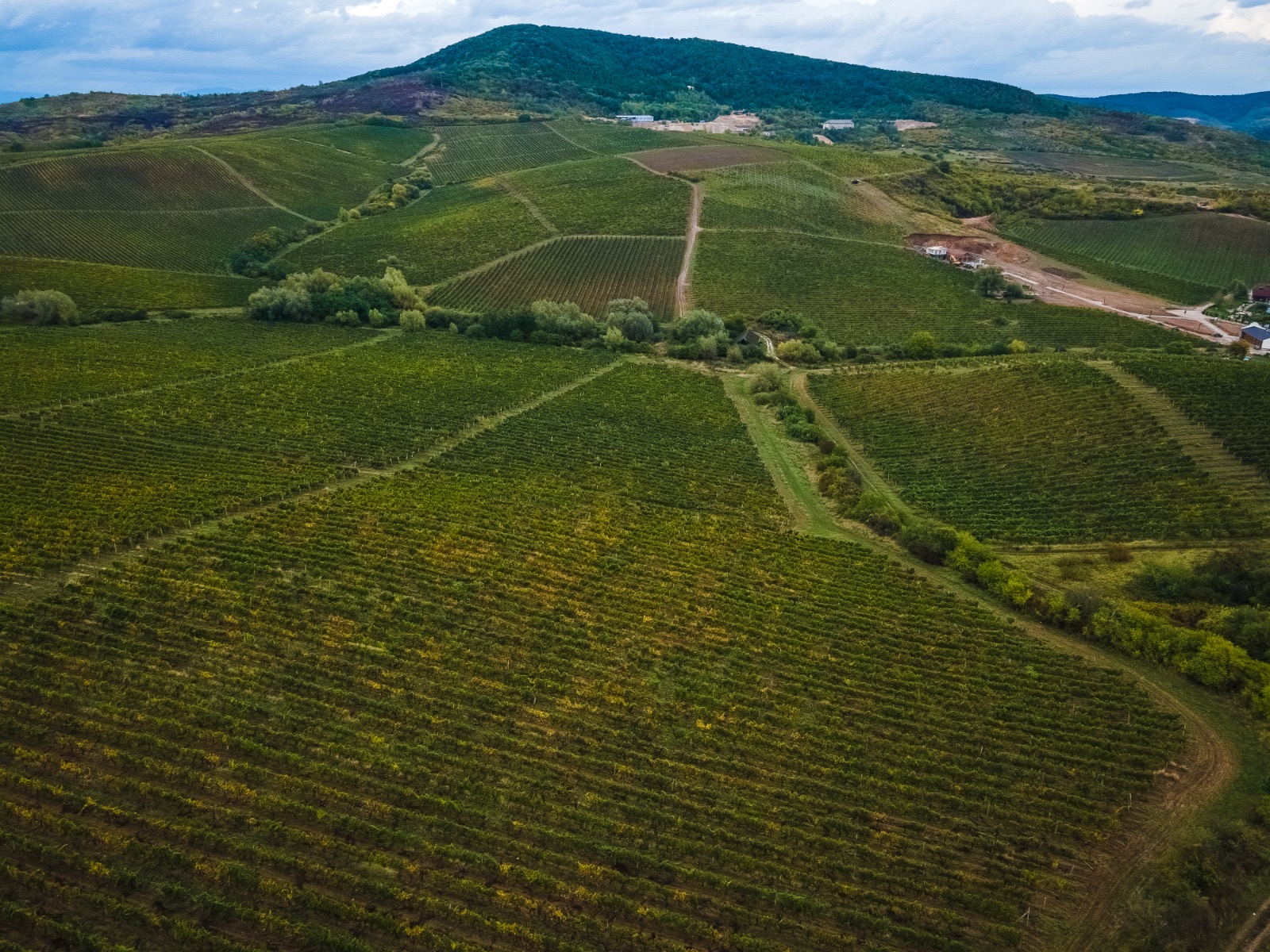
This is 100% Cabernet Sauvignon. It’s aged in French oak barrels that had one fill at a top chateau in Bordeaux. It’s only his second vintage, but already he’s being considered one of the top producers in Ukraine in terms of the quality he’s producing. Very, very strict quality standards. They also do an orange wine made from Traminer that we’ve brought in.
What do you think is something that Americans tend to misunderstand or overlook when it comes to Ukrainian wine?
I don’t think most Americans even know yet that Ukraine produces wine. The first job is just raising some awareness and getting wines in front of people to just acquaint them with the history of Ukrainian wines and the quality that’s being produced today.
I think they’re surprised by the quality. What’s interesting—and it’s represented in the wines in the portfolio—is that there are two different influences. You’ve got some influence from Western Europe in terms of some Western European grape varieties like Sauvignon Blanc, Pinot Noir, and Cabernet. But then we also have indigenous varieties like Telti Kuruk, other Eastern European varieties that you’d find in neighboring countries like Georgia and Moldova, varieties like Rkatsiteli, and Blaufränkisch.
It’s a really exciting time because it’s a time of rediscovering lost terroirs and some lost grape varieties as well.
Is there a message that you have to share for Americans on behalf of Ukraine and the people that you work with?
Try the wines. They’re really good, distinctive, and delicious. It’s also an opportunity to do something good—every dollar goes to these small, family-owned wineries. They pay taxes. Their tax dollars go to the war effort.
A lot of vineyards that were taken by Russia have been taken back by Ukraine. Many of those vineyards are going to have to be de-mined before they’ll be able to farm them again. Beykush, for example, is only a couple of kilometers from the frontlines of the war.
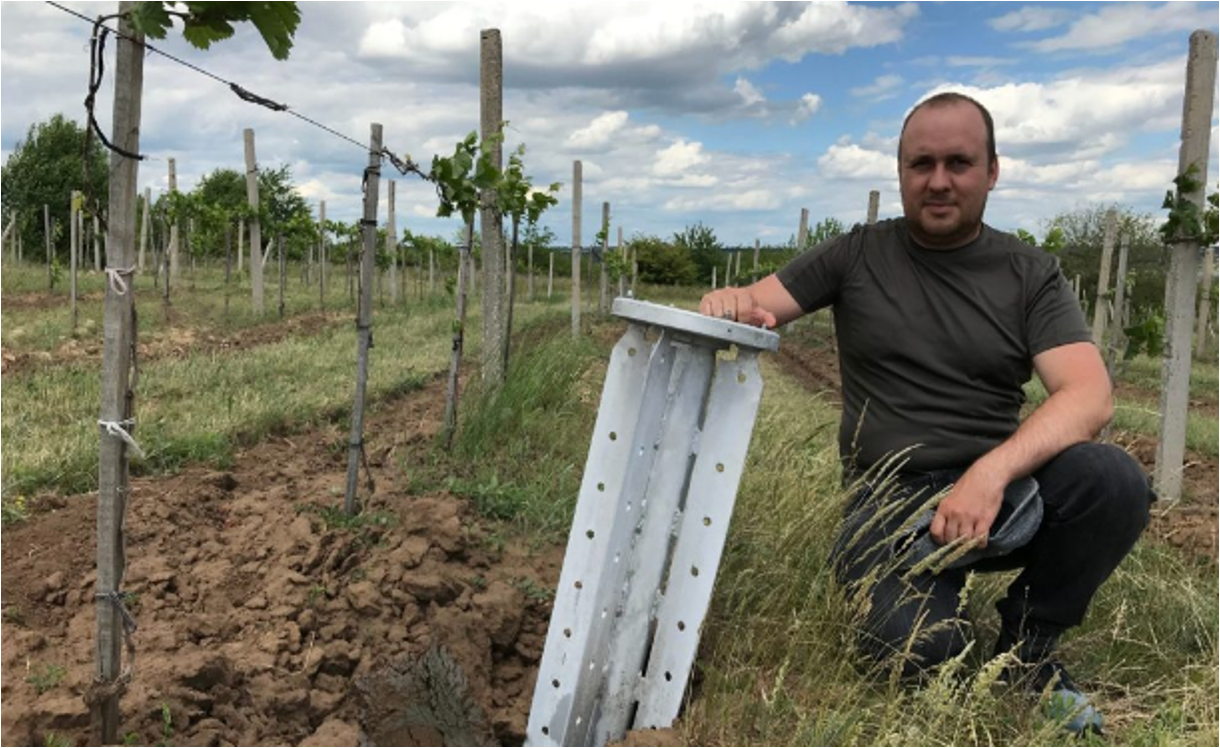
Sergiy had explained to me how one of Russia’s objectives with the war is to completely obliterate any existence of Ukrainian culture and heritage. He said, “Wine is so important because it is part of our culture. It’s a way to share and express culture.”
You can learn more about Ukrainian culture through the wines and the producers. I think that’s a great way to experience Ukraine. We hope to have the producers come visit over the next year or two.
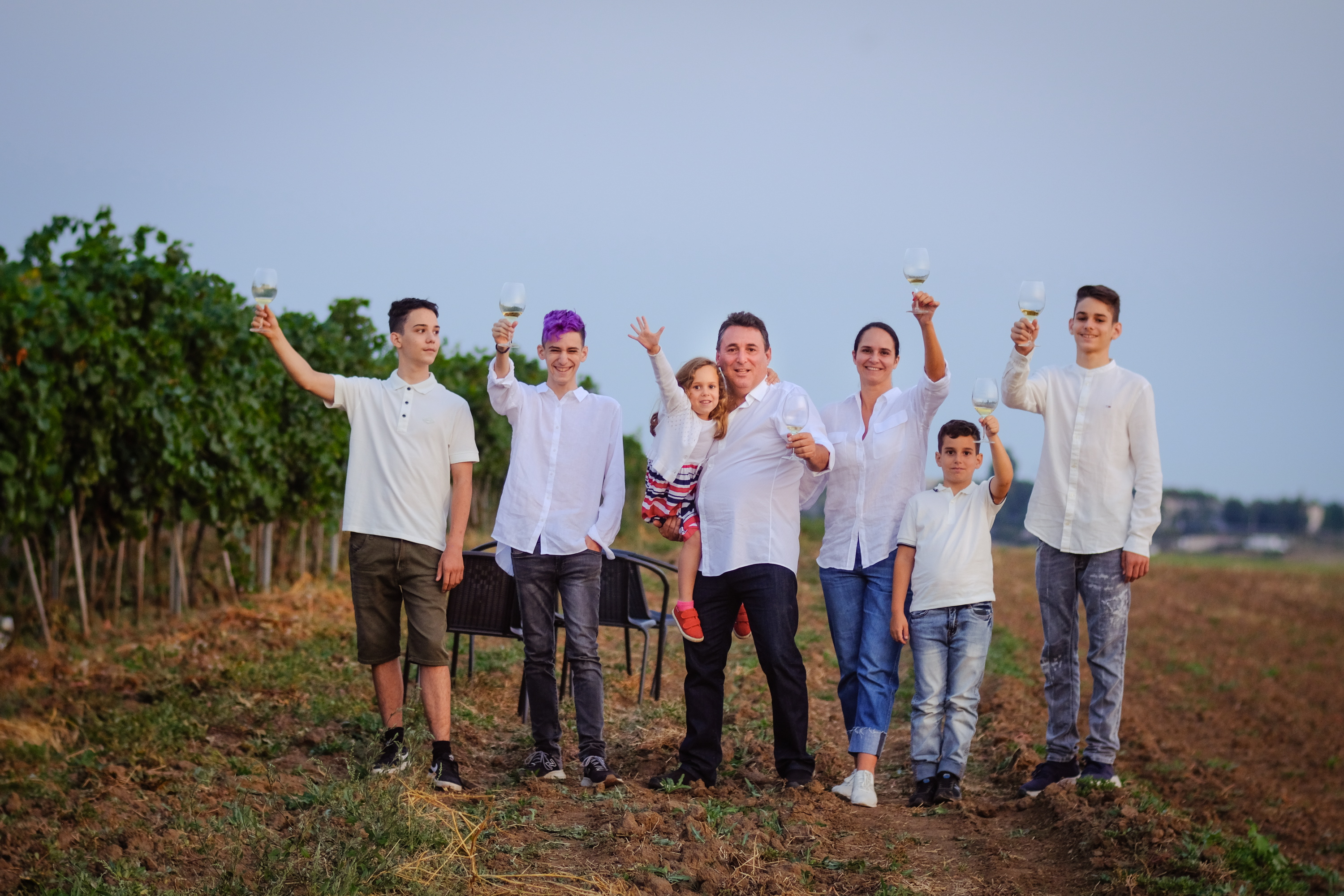
What do you see for the future of Ukrainian wine culture?
It absolutely looks like there’s a promising future. The number of wineries has increased dramatically over the past decade. There’s a lot of new creativity and artisanal winemaking. That makes sense since there’s a history of white wines with skin contact. They really have a real claim to that. I think we’re going to continue to see more innovation.
The Odesa Wine School in Ukraine is one of the most important and historic wine schools in all of Eastern Europe. Many famous winemakers—not just from Ukraine but from Georgia and Moldova—were educated there. Dr. Konstantin Frank was at this wine school in Odesa.
I think you’re going to see a lot more diversity of different grape varieties in the coming years. There are some cool varieties, one called Odesa Black and another called Sukholimansky. They’re both vinifera/vinifera crosses, and we’re going to bring over some of those wines in the coming years.
This interview has been edited for length and clarity.
Learn more about
THE WINES
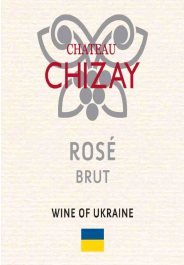
Chateau Chizay Brut Rosé – 100% Blaufränkisch
- Blaufränkisch
- Sourced from Chizay’s Midianytsia vineyard, which is 145 meters above sea level facing West
- Volcanic soils
- Hand harvested
- Fermented for 12 days at 14ºC in stainless steel tan
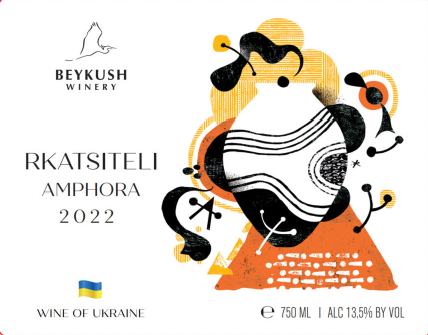
Beykush Rkatsiteli Amphora 2022
- Rkatsiteli (vine clonal material from Besini, Georgia)
- The vineyards are situated on a mixture of red clay and loam that provides great natural drainage
- Hand harvested and hand sorted
- Crushed and then fermented in 400L“tinajas” – Catalonian clay amphoras
- After the end of fermentation, the wine was left in contact with the skins and seeds for 1 month, then pressed and left for settling
- After racking from the lees the wine was transferred back to the tinajas where it was left for 6 more months on the fine lees
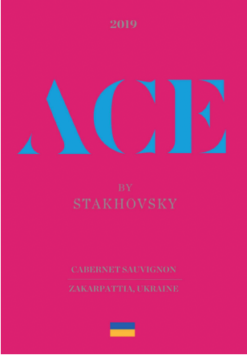
Stakhovsky Cabernet Sauvignon “Ace” 2019
- Cabernet Sauvignon
- Limestone and loam with some volcanic clay
- Hand harvested
- Fermented in stainless steel tanks, followed by aging in small seasoned French Oak barrels
- Bottled unfiltered




